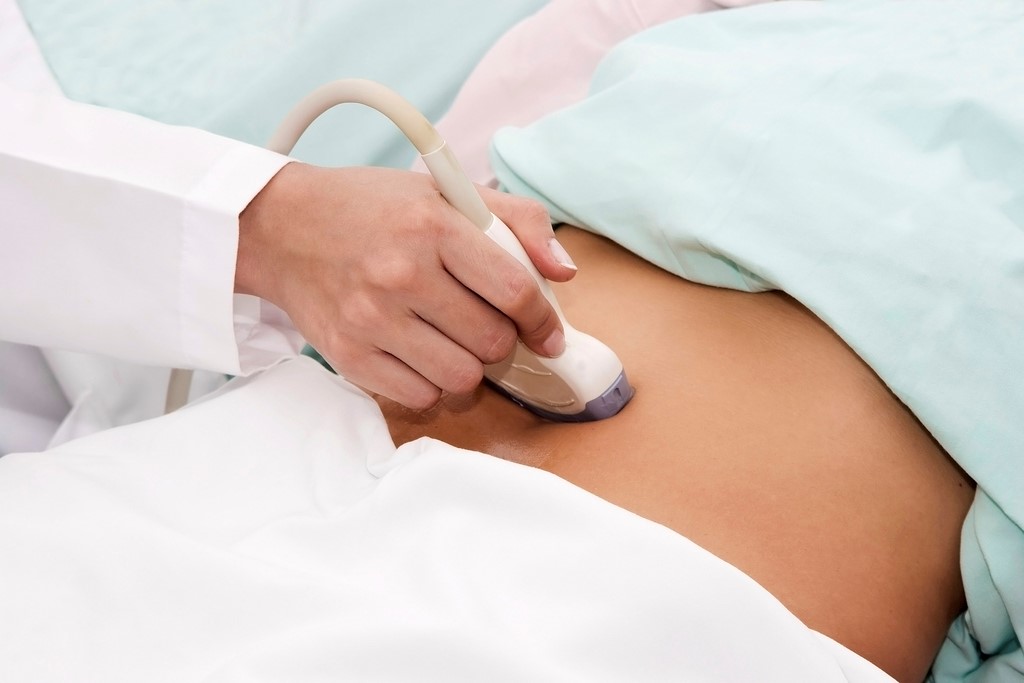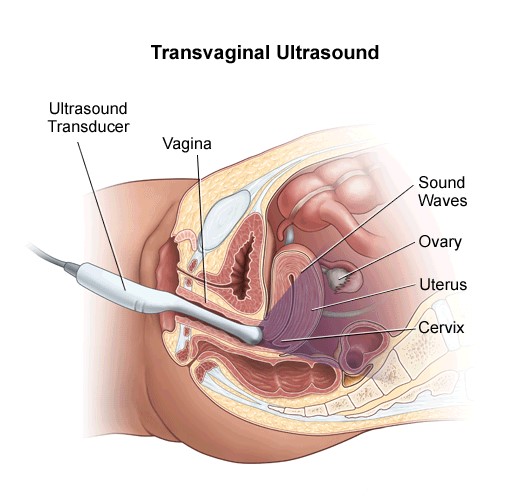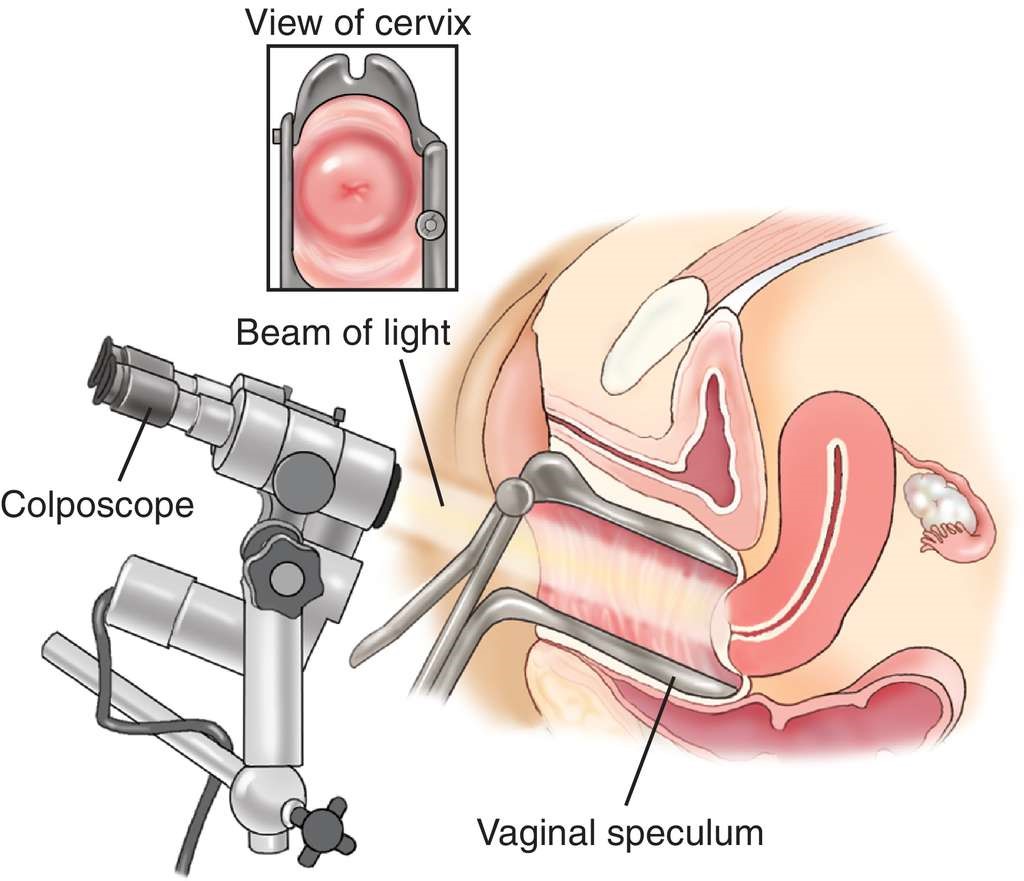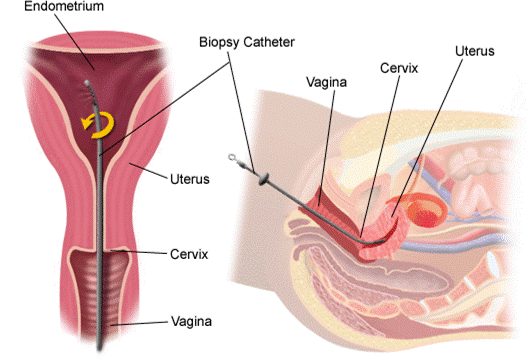Pelvic Ultrasound
An ultrasound test uses high-frequency sound waves to create images of your internal organs. Imaging tests can identify abnormalities and help doctors diagnose conditions. Ultrasound uses sound waves to produce 2-D images of the pelvic structures. Our office is equipped with a high-resolution ultrasound which can be used to evaluate abnormal uterine bleeding, pelvic pain, and masses. It is used to detect ovarian cysts, fibroids, polyps, tumors and various other conditions.
Transvaginal Ultrasound
A transvaginal ultrasound, also called an endovaginal ultrasound, is a type of pelvic ultrasound used by doctors to examine female reproductive organs. This includes the uterus, fallopian tubes, ovaries, cervix, and vagina. “Transvaginal” means “through the vagina.” This is an internal examination. Unlike a regular abdominal or pelvic ultrasound, where the ultrasound wand, or transducer, rests on the outside of the pelvis, this procedure involves your doctor or a technician inserting an ultrasound probe about two or three inches into your vaginal canal.
Colposcopy
A colposcopy is a non-surgical diagnostic tool performed with a colposcope. It’s used to further examine the cervix, vagina, and vulva when a woman has an abnormal Pap smear. A colposcopy feels similar to a Pap smear collection. However, instead of taking a sample of cervical cells, your health care provider places the colposcope at the vaginal opening to more closely examine your cervical tissue in order to detect any abnormalities. In areas where cervical tissue may appear suspicious, your health care provider will use a separate instrument to obtain a small tissue sample. You may feel a slight pinch or cramp and there might be some minor bleeding from the biopsy site, or temporary pelvic pain. The tissue will then be sent to a lab for analysis.
When a biopsy is performed, our office will contact you to discuss results and next steps. Depending upon the biopsy results, various treatments can be performed in the comfort of our office. These treatments may include observation, cryosurgery or “freezing” of the cervix, laser removal or “burning,” and LEEP procedures.
Endocervical Curettage (ECC)
This procedure is frequently done in conjunction with a cervical biopsy. It involves taking a sample of the tissue just past the opening of the cervix as a precaution against missing any abnormal tissue.
Endometrial or Uterine Biopsy
An endometrial biopsy is a procedure to take a small tissue sample from the lining of the uterus, called the endometrium.
This test may be used to investigate abnormal menses (heavy bleeding, bleeding between periods, post-menopausal bleeding), infertility and chronic infections. It is useful in detecting uterine polyps, uterine fibroids, uterine cancer and adenomyosis.





